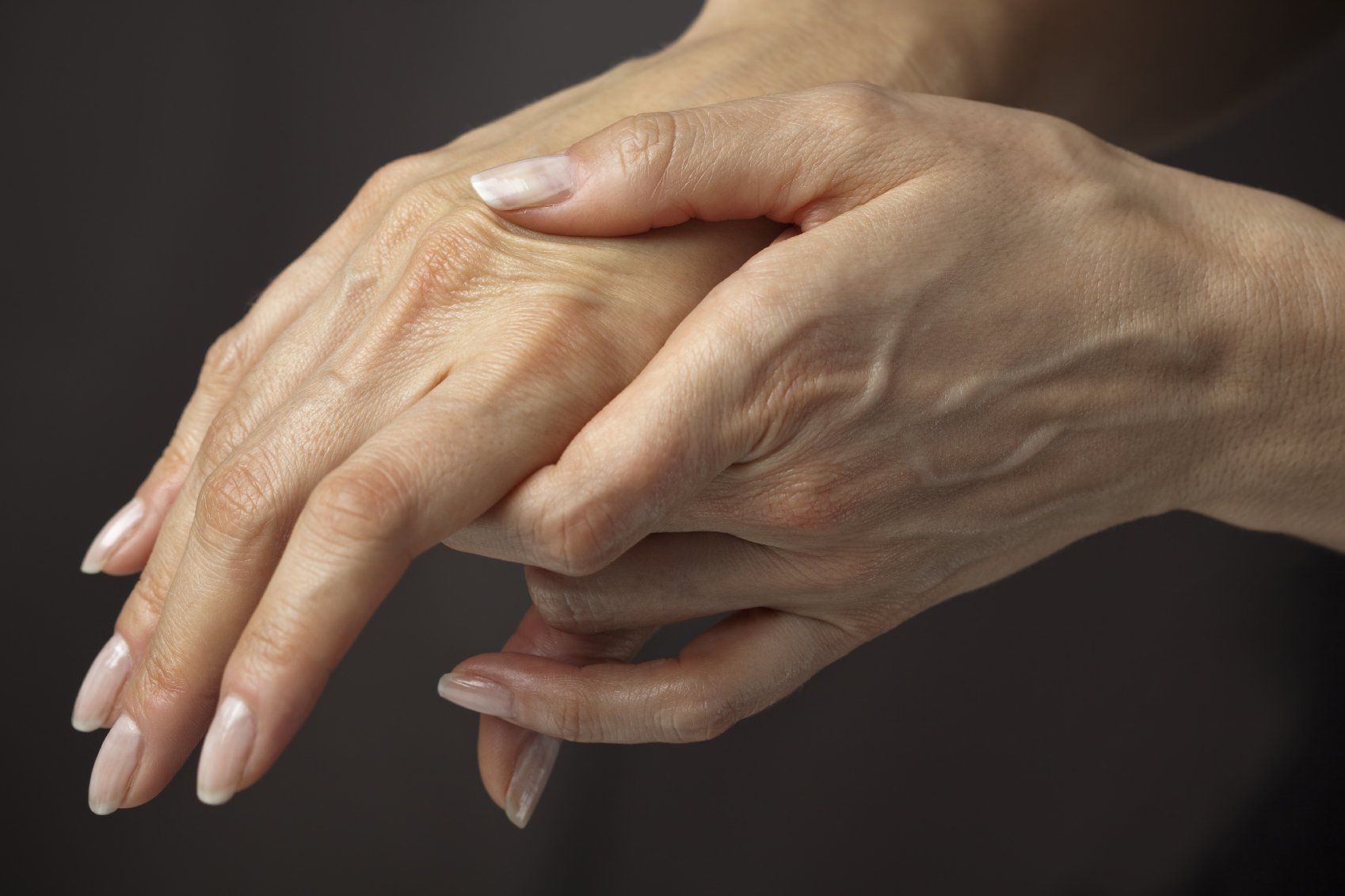NSAIDs use in Chronic Kidney Disease - a growing problem!

There is a strong chance all of us are aware of or have used non-steroidal anti-inflammatory drugs (commonly referred to as NSAIDs) in our lifetimes. There also is a good chance many have been told by their medical providers to avoid using NSAIDs especially long term given the risk factors for particular those with chronic kidney disease, congestive heart failure, resistant hypertension, gastritis/stomach ulcers, or even those with electrolyte concerns such as hyperkalemia (high potassium) or hyponatremia (low sodium).
Despite these risks – NSAIDs are simply the most recommended/prescribed anti-inflammatory medications in the world today. This class of medications includes such commonplace names as (click underlined links below for more info):
1) Advil
2) Aleve
3) Ibuprofen
4) Motrin
Though often times effective for inflammatory control - there are several noted risks to NSAIDs particularly in those with chronic kidney disease. NSAIDs provide their analgesic, anti-inflammatory, and antipyretic actions through inhibition of cyclooxygenase (COX) enzymes – which convert arichidonic acid (released from cell membranes) to prostaglandins and thromboxanes. This graphic in the American Journal of Kidney Disease highlights this COX cascade pathway affects:
Via the inhibition of the COX1/2 cascades - NSAIDs can potentially lead to decreased perfusion of blood flow entering our kidneys filtration system which can negatively affect kidney function along with other potential adverse effects such as sodium retention (swelling + blood pressure elevation), Congestive heart failure exacerbations, elevated potassium levels (referred to as hyperkalemia), and decreased sodium levels (referred to as hyponatremia) in the blood stream.
These adverse risks the largest societies on kidney care guidelines recommend to limit use of NSAIDs in the chronic kidney disease patient populations.
1) Kidney Disease Improving Global Outcomes (KDIGO) – guidelines from Kidney International - recommend to avoid prolonged use of NSAIDS in stage 3 chronic kidney disease and to completely avoid use in stages 4 and 5 CKD
2) KDOQI US-guidelines by the National Kidney Foundation also recommend to avoid prolonged use of NSAIDS in stage 3 chronic kidney disease and to completely avoid use in stages 4 and 5 CKD
3) Treatment of pain in patients with renal insufficiency: the World Health Organization three-step ladder approach also recommend to avoid NSAIDS entirely in stage 3/4/5 CKD
So now we know that NSAIDs in general should be cautioned/avoided in those with Chronic Kidney Disease – but there remains an issue – many individuals with CKD continue to regularly take NSAIDs. The reason is that there are few western alternatives for arthritis/pain control. Tylenol Arthritis (Acetaminophen) has weak data overall with several studies and analysis of trial data noting it has an effect only slightly better than placebo and much weaker than NSAIDs. Opioid data is even worse – with studies noting the tolerability of opioids is low and efficacy is not clinically relevant in controlled studies for osteoarthritis pain. The side effect profile of opioids is worse and many have died from these medications as this CDC graph shows:
In this cohort study in the Journal of Internal Medicine via the Center for Kidney Research, Education, and Hope (CURE-CKD) registry, more than 2.6 million adults and children had chronic kidney disease or were evaluated. Unfortunately – NSAID usage remains fairly regular and actually rising over the most recently evaluated years in the CKD population - look at this graphic below:
We had to dig deep and look for alternative options for our patients in need of solutions. Several herbs have been used in holistic medicine for generations for inflammation control such as curcumin, capsaicin extracts, ginger, willow bark, cloves, fenugreek, or nigella sativa. There is a multitude of bench data as well as clinical trial data (including several randomized control trials) for several of these herbs/extracts. We began looking into herbal/holistic substances and we parsed basic science/bench as well as clinical research databases. Our ingredients have shown to suppress the inflammatory cascade with the caveat of no known issues with kidney function / Sodium retention / Blood Pressure elevation / stomach lining erosion that plague chronic NSAID use. In 2014 after some testing and adjustments - we solidified a powder based regimen and would at times suggest patients seeking alternative/additional relief try it. We did not commercially sell it but would just suggest individuals obtain and try the ingredients on their own.
The response was tremendous and more often than not this became their go to relief agent. The only consistent suggestion (and complaint) was the taste of the powders and the need for a tablet to ease delivery/use. We adjusted the extract ratios/concentrations and were able to manufacture (made in the USA at an FDA registered and GMP certified facility) a coated (should be tasteless) tablet also scored to decrease size to help ease use. The feedback and reviews have been phenomenal (click here to see our Amazon reviews). We sincerely hope Organic Arthritis assists you in staying active and on your path to healthy and meaningful living. Thanks for taking time out to join me on this journey!













